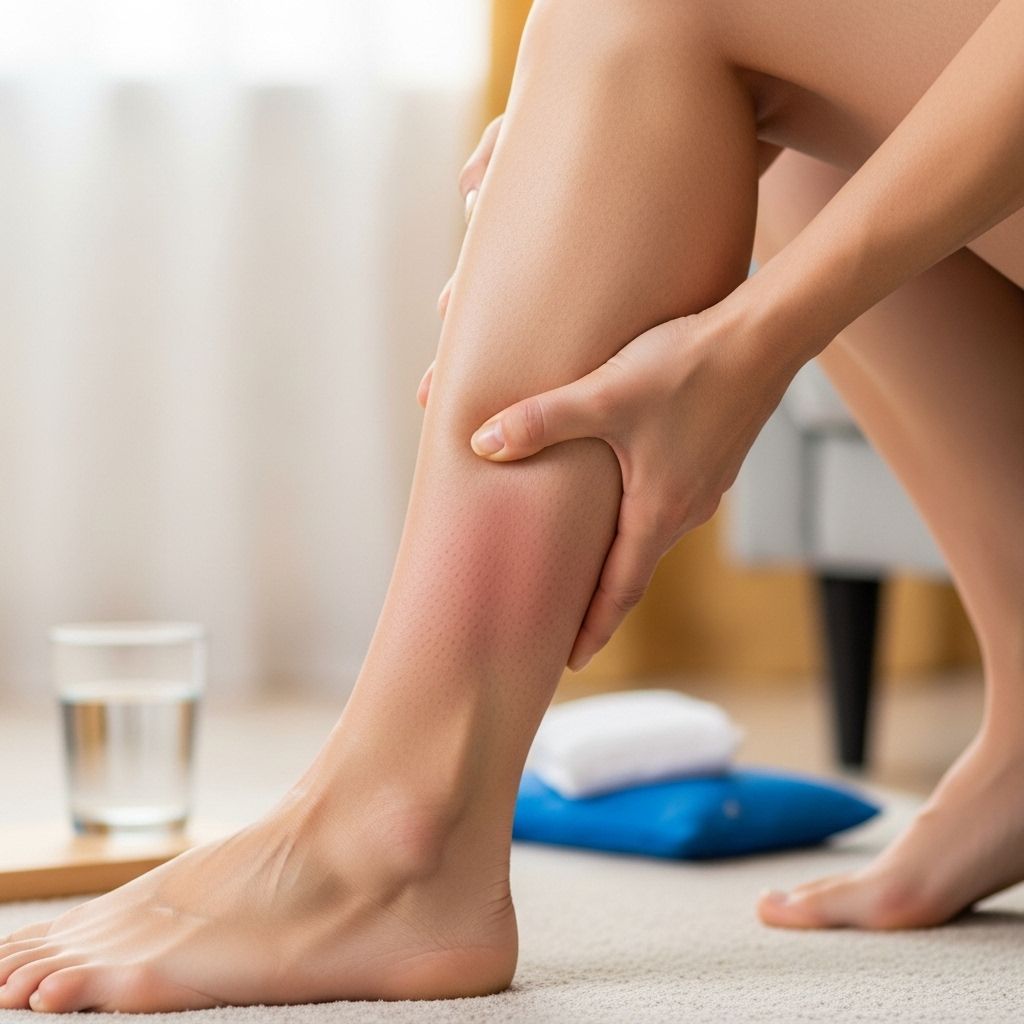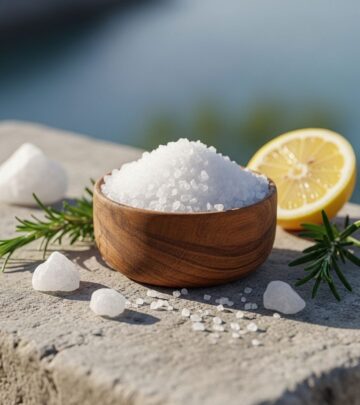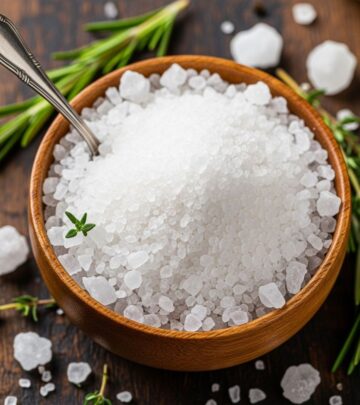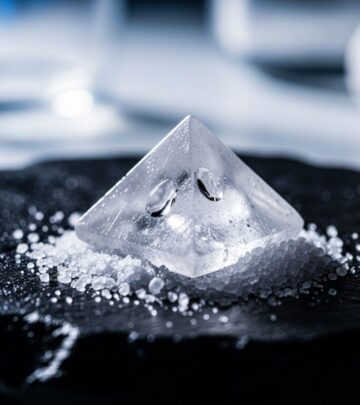Effective Home Remedies for Charlie Horse: Relief, Prevention & FAQs
Simple self-care steps to relax tight muscles and stop sudden leg spasms overnight.

Effective Home Remedies for Charlie Horse: Causes, Treatment & Prevention
A Charlie horse—a sudden, painful muscle cramp—can strike anyone at any time, often targeting the legs and waking individuals from sleep or interrupting daily activities. While these spasms are usually harmless, their discomfort can be intense. Understanding effective home remedies, how to relieve symptoms quickly, and adopting preventive strategies can make a significant difference in managing and avoiding Charlie horses.
What Is a Charlie Horse?
A Charlie horse is a widely used term for an involuntary, painful muscle spasm, most commonly affecting the calf muscles but also occurring in the thighs, feet, and other parts of the body. These cramps are characterized by sudden, sharp pain caused by the muscle tightening and contracting uncontrollably. They may strike during activity or rest, often waking people from sleep.
Other names for a Charlie horse include nocturnal leg cramps, muscle spasms, or night cramps.
Key Characteristics of a Charlie Horse:
- Sudden onset, often during sleep or physical activity
- Severe, sharp pain in the affected muscle
- Visible or palpable muscle tightening or knot
- Lingering ache or tenderness after the spasm passes
What Causes a Charlie Horse?
Understanding why Charlie horses occur can help in devising effective preventive and remedial strategies. The underlying causes vary and may include:
- Dehydration: Insufficient fluid intake can negatively impact muscle function, making cramps more likely.
- Electrolyte Imbalance: Low levels of potassium, magnesium, calcium, or sodium can impair normal muscle contractions and lead to spasms.
- Overexertion or Muscle Fatigue: Working muscles beyond their capacity, especially without adequate stretching, may precipitate cramps.
- Poor Blood Flow: Reduced circulation—due to restricted positions or certain medical conditions—can trigger Charlie horses.
- Inactive Lifestyle or Prolonged Inactivity: Remaining in the same position for extended periods (such as during long drives or sedentary work) can provoke muscle cramps.
- Medication Side Effects: Some medications, including diuretics and statins, may increase cramp risk.
- Underlying Medical Conditions: Disorders such as nerve injuries, diabetes, or kidney disease can also be culprits, especially if cramps are frequent or severe.
- Poor Footwear: Shoes lacking proper support may contribute to muscle cramping.
Symptoms: What Does a Charlie Horse Feel Like?
- Intense, stabbing or squeezing muscle pain, usually in the calf, thigh, or foot
- A hard, knotted muscle that may be visible or easily felt to the touch
- Inability to use or move the affected muscle during the cramp
- Muscle soreness lingering minutes to hours after the spasm
While most cramps last only seconds to minutes, the pain can be severe enough to disrupt sleep or daily activities.
Effective Home Remedies for Charlie Horse
Most Charlie horse cramps will resolve on their own, but several strategies can help relieve pain quickly and reduce lingering discomfort:
1. Stretching the Muscle
- For Calf cramps: Straighten the leg, pull the toes upward toward your head gently, and hold for 30–60 seconds. Alternatively, stand and press your weight into the affected leg while gently bending the knee.
- For Thigh/Hamstring cramps: Sit and extend your leg, then lean forward to stretch the back of the thigh. For front-of-thigh (quadriceps) cramps, stand and hold onto a chair for support, then pull your foot toward your buttock to gently stretch the muscle.
2. Massage
- After or during stretching, gently massage the affected area using your hand or a foam roller to increase blood circulation and reduce tightness.
3. Apply Heat
- Use a warm towel, heating pad, or take a warm bath or shower to help relax the muscle and ease tightening.
4. Apply Cold
- Once acute pain subsides, place an ice pack (wrapped in cloth) on the muscle to lessen soreness and inflammation. Cold can help numb residual pain and aid recovery.
5. Elevation
- If practical, elevate the affected limb to reduce swelling and promote drainage.
6. Over-the-Counter Pain Relief
- Medications like ibuprofen or acetaminophen may help if stretches and massage do not ease the pain. Always check with your physician before use, particularly if you take medication for other conditions.
7. Epsom Salt Bath
- Soothe muscle pain by soaking in a warm bath with Epsom salts. These contain magnesium sulfate, which can be absorbed through the skin to help relieve muscle cramps.
8. Hydration and Electrolyte Restoration
- Drink water or an electrolyte-rich beverage (such as sports drinks with potassium and sodium) to rehydrate. If you sweat excessively during activity, replenishing lost electrolytes is crucial for muscle function.
9. Gentle Movement
- Light walking and continuing to flex and relax the muscle can help flush out any lactic acid build-up and improve recovery.
Lifestyle and Preventive Tips for Charlie Horse
Although occasional cramps are hard to avoid entirely, adopting certain habits can dramatically lower your risk of developing a Charlie horse:
- Stay Hydrated: Drink enough water throughout the day—especially before, during, and after physical activity.
- Maintain Electrolyte Balance: Eat foods rich in potassium (bananas, avocados), magnesium (nuts, leafy greens), calcium (dairy or fortified milk), and sodium (within healthy limits).
- Stretch Regularly: Incorporate stretching into your daily routine, particularly before and after exercise and before bedtime if you suffer from night cramps.
- Ramp Up Exercise Gradually: Avoid sudden increases in activity or intensity to minimize muscle overexertion.
- Wear Supportive Shoes: Choose well-fitted, comfortable footwear that offers adequate arch and heel support.
- Limit Alcohol Intake: Excessive alcohol consumption can lead to dehydration, increasing the risk of cramps.
- Mind Your Positioning: Change your posture often, avoid sitting in cramped or awkward positions for long periods, and flex your feet when at rest for extended times.
When Should You Contact a Doctor?
Although most muscle cramps are harmless, there are situations where medical advice is recommended:
- Cramps that are frequent, severe, or do not improve with home care
- Cramping associated with muscle weakness, swelling, redness, or other neurological symptoms
- Presence of underlying medical conditions or recent changes in medication
Persistent cramps may warrant investigation for underlying health issues such as nerve disorders, vascular problems, or mineral deficiencies.
Summary Table: Home Remedies for Charlie Horse
| Remedy | How It Helps |
|---|---|
| Stretching | Reduces muscle contraction, relieves pain |
| Massage | Promotes blood flow, reduces tightness |
| Heat Therapy | Relaxes the muscle, reduces cramp intensity |
| Cold Pack | Alleviates pain and post-cramp soreness |
| Hydration | Prevents electrolyte imbalance, facilitates recovery |
| OTC Pain Relief | Reduces severe pain if needed |
| Epsom Salt Bath | Relieves soreness, provides magnesium |
| Gentle Movement | Flushes out metabolites, relaxes muscle post-cramp |
Frequently Asked Questions (FAQs) About Charlie Horse
Q1: What are the most common muscles affected by Charlie horses?
The calf muscle is the most frequently affected area, but cramps can also strike the thighs, feet, hands, or arms.
Q2: Why do I get Charlie horses at night?
Nocturnal leg cramps may result from sleeping positions that restrict blood flow or prolonged inactivity. Dehydration and imbalances in electrolytes can also play a role, especially in older adults.
Q3: Are Charlie horses a sign of a serious medical problem?
Occasional cramps are usually benign. However, if you experience frequent, severe, or persistent cramping—especially with other symptoms—consult a doctor to rule out underlying conditions.
Q4: Do any foods help prevent muscle cramps?
Eating foods high in potassium (such as bananas and oranges), magnesium (leafy greens, nuts), and calcium (dairy products) may help reduce the risk of cramps by maintaining adequate electrolyte balance.
Q5: Can I exercise after a Charlie horse?
Once pain subsides and flexibility returns, gentle stretching and low-intensity movement are typically safe. However, avoid strenuous exercise immediately after a severe cramp.
Q6: Is it safe to use heat and cold therapy together?
Yes, many people find alternating warm and cold packs effective for alleviating lingering soreness after the initial spasm resolves. Always use a towel as a barrier to protect skin.
Conclusion: Takeaway Tips for Fast Relief
Charlie horses are a common and uncomfortable experience, but most can be treated quickly at home. Combining immediate interventions—like stretching and massage—with lifestyle adjustments such as adequate hydration, regular stretching, and mindful nutrition can reduce cramp frequency and severity. If cramps persist despite self-care, consult a healthcare professional to rule out underlying medical issues.
References
- https://www.southvalleyvascular.com/post/from-stiffness-to-relief-how-to-overcome-a-charley-horse
- https://www.mayoclinic.org/diseases-conditions/muscle-cramp/diagnosis-treatment/drc-20350825
- https://www.webmd.com/fitness-exercise/remedies-for-muscle-cramps
- https://www.youtube.com/watch?v=6hiAXyHHqaA
- https://my.clevelandclinic.org/health/diseases/14170-leg-cramps
- https://www.bannerhealth.com/healthcareblog/advise-me/7-ways-to-prevent-night-leg-cramps
- https://medlineplus.gov/musclecramps.html
Read full bio of medha deb












